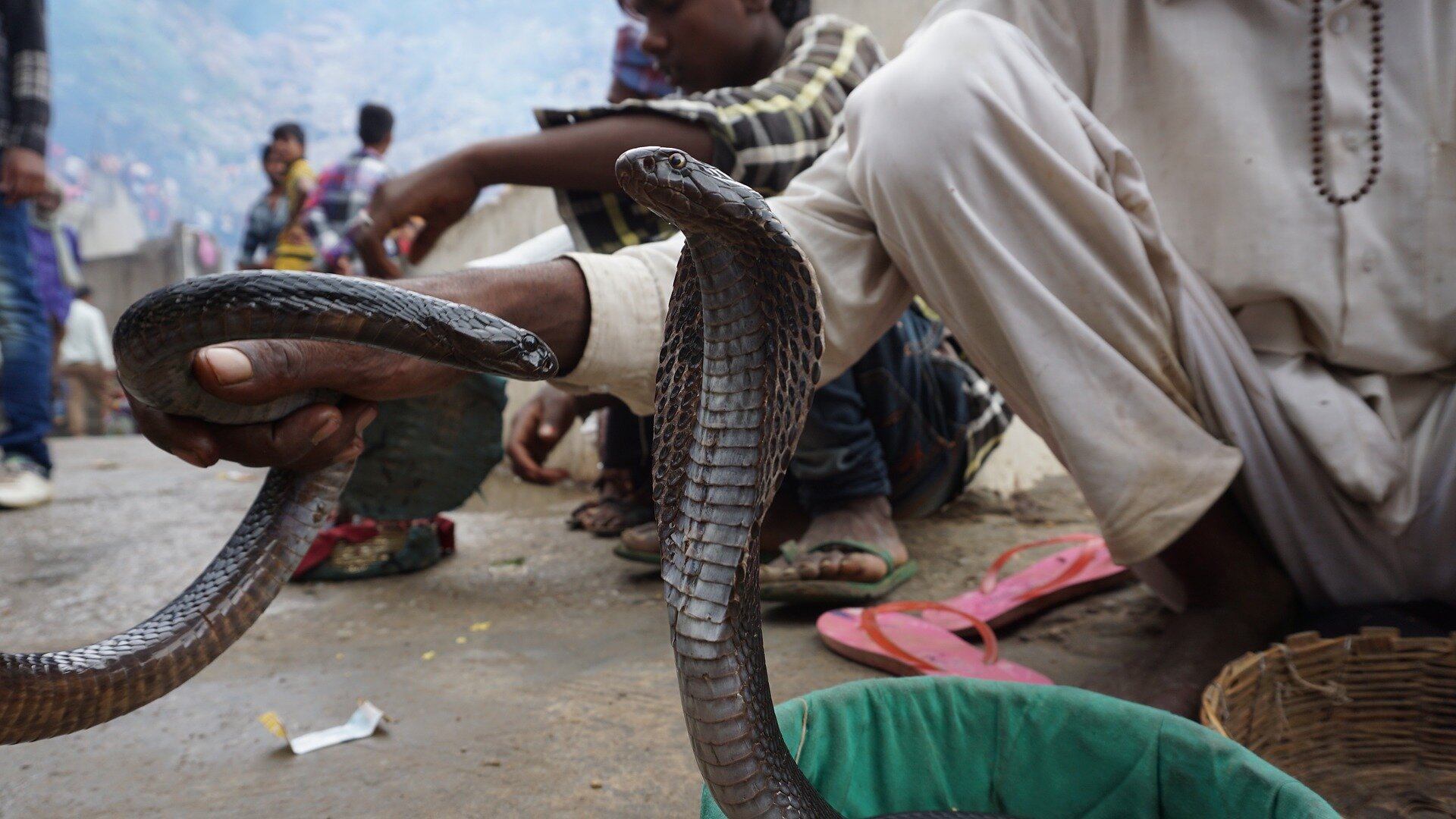
Title: How Climate Influences the Lethality of Russell’s Viper Venom in India
In a pioneering study released on April 10 in the journal PLOS Neglected Tropical Diseases, a team of researchers led by Kartik Sunagar at the Indian Institute of Science has identified a significant connection between regional climate and the venom characteristics of Russell’s viper (Daboia russelii)—one of India’s most dangerous snakes. This finding represents a substantial advancement in comprehending the geographical discrepancies in venom strength and could greatly enhance the diagnosis and management of snakebite cases throughout the nation.
Russell’s Viper: A Deadly National Concern
Contributing to over 40% of India’s annual snakebite deaths, Russell’s viper is an extensively distributed and medically critical species across the Indian subcontinent. However, treating bites from this perilous serpent has long been a medical obstacle. The variation in venom toxins across different areas often leads to markedly different symptoms, complicating the creation of universal antivenoms and the work of medical professionals.
This research aimed to ascertain the factors leading to venom discrepancies among snake populations and to investigate the impacts of ecological and climatic variables on venom characteristics.
Mapping Venom Across India
Sunagar and his team gathered venom samples from 115 Russell’s vipers across 34 various geographic locations in India. They concentrated on the activity of different venom enzymes, including proteases (which break down proteins), phospholipases (which degrade fats), and amino acid oxidases.
To link venom profiles with environmental factors, the researchers integrated historical climate data such as temperature and precipitation at the collection sites. Their findings were striking: climate, especially temperature and rainfall, plays a significant role in shaping the biochemical structure of the venom.
The study demonstrated that snakes from arid areas exhibited elevated protease activity compared to those in more humid climates. Proteases are enzymes that dismantle proteins and are crucial for the venom’s damaging impact on blood and tissue. This suggests that local environmental pressures may push snakes to evolve venoms that are more adept at immobilizing regional prey or thriving in particular ecosystems.
Interestingly, while protease and phospholipase activities displayed climate responsiveness, other enzymes—like amino acid oxidases—maintained consistent activity irrespective of external factors. This contrast indicates that certain venom elements are shaped by environmental influences, while others exhibit greater genetic stability.
Clinical Implications: Customizing Treatment to Location
The team generated comprehensive venom distribution maps based on their findings, enabling them to anticipate probable venom types and related symptoms in various regions. This advancement suggests that physicians might someday customize snakebite treatments according to a patient’s geographical area, potentially boosting survival rates and enhancing recovery prospects.
In a nation where rural healthcare systems often struggle with inadequate access to antivenom and inconsistent clinical protocols, localized venom diagnostics and targeted therapeutic strategies could be lifesaving.
A Dual Influence of Environment and Genetics
Previous studies conducted by Sunagar’s laboratory emphasized how biological and ecological components, such as dietary shifts during the snake’s growth, also affect venom composition. This research introduces a new perspective by confirming that environmental—abiotic—elements such as climate are equally crucial in determining venom properties.
“This is the first study to investigate the impact of climatic factors, including temperature, humidity, and rainfall, on the biochemical behavior of Russell’s viper venom,” remarked Sunagar. “The findings not only enrich our understanding of the complexity and adaptability of snake venoms but also carry significant implications for public health initiatives and antivenom formulation.”
Looking Forward: Targeted Medicine for Snakebites
The ramifications of this study span various fields: ecological insight, evolutionary biology, and, most critically, medical treatment. By incorporating local climate information, healthcare providers might soon be able to more accurately estimate venom toxicity and provide region-specific antivenoms or even novel treatments like toxin-targeted antibodies.
Following this encouraging research, subsequent studies could investigate the venom-climate relationship in additional snake species and expand this methodology to create antivenoms that are both economical and versatile.
Conclusion
With thousands of lives lost annually to snakebite envenoming in India, comprehending the factors behind venom variability is not merely a scientific pursuit—it is a humanitarian necessity. This climate-related venom mapping of Russell’s viper shines a light of hope in the battle against one of India’s most severe public health challenges. Through ongoing research and collaborative efforts, science inches ever closer to achieving precise, location-sensitive therapies that can save lives and alleviate the impact of snakebite injuries nationwide.
Support Independent Science Journalism
If pieces like this one enlighten or motivate you, consider backing independent science journalism. Your support aids in sustaining the efforts of devoted researchers and journalists who strive to provide accurate and compelling science news to the public.
Together, we can ensure that essential research continues to effect significant change in the real world.
—End—